Dau Yen village was formerly known as Son village, belonging to Tho Gia commune, Cao Xa canton, Nong Cong prefecture. Later it was changed to Dau Yen hamlet, Te Thang commune, Nong Cong. Although it is a land with many relics, to date in Dau Yen there is only Oi temple left.
 Dau Yen village well is preserved and embellished by the people.
Dau Yen village well is preserved and embellished by the people.
In a favorable location, on a fairly large land, the West is close to Nua mountain, the East borders provincial road 45, from Dau Yen going to the North is very close to Cau Quan, going to the South is near Nong Cong town, is a condition for Te Thang people in general, Dau Yen village in particular to easily develop the economy .
According to the village elders: The elders said that until 1935, this land still had many big, dense trees like a forest; houses were sparse, the whole village had only 27 men; The people mainly grow rice, a few work in forestry, hunting wild animals... The book Traditional Festival Rites of Thanh land (National Culture Publishing House, 2001) writes: "In the past, right at the beginning of the village, there was an ancient banyan tree with a trunk so big that 3-4 people could not hug it, its branches and leaves spread out to shade 3 sao of land. A little further in is a small forest called Truc grave, the forest has many types of trees, including bamboo, in the middle of the forest there is a tall cotton tree. Truc grave is home to many types of birds, all 4 seasons of the year, every morning and afternoon the birds chirp and fly around to find food or return to their nests, especially here there is the white dove, a rare bird with a very beautiful song, Dau Yen village also has many communal houses, pagodas, shrines such as: Cham pagoda, Quan temple worshiping the royal doctor Nguyen Hien; Vuc temple, Canh inn... Even historical books clearly record that there used to be a warehouse here Gold, is a wooden house to store gold paste, the kind of gold that has a square bamboo mold, is covered with gold paper on the outside and tied into bars. This gold is used for every worship at Oi temple, the caretaker takes it out and places it on the altar. The "gold warehouse" is not a place to worship gods but is full of legendary colors about the land that used to be the gathering place of many festivals and rituals.
Oi Temple is a large temple in the system of beliefs of the two five saints, worshiping father and son Le Ngoc (ie Le Coc), originally from the Jin Yongjia Dynasty (China) who came to be the Governor of Cuu Chan District under the Sui Dynasty in the 6th century. In 618, the Tang Dynasty overthrew the Sui Dynasty, but Le Ngoc did not submit and together with his sons raised an army to fight back. Among Le Ngoc's four sons was the youngest son. Although he was the youngest son, he was honored by the people as the King. The youngest son rode alone on a horse, breaking through the enemy's siege. He ran to Dau Yen village and was suddenly slashed and cried out "Oi". Remembering his merit, the people of six communes together built a temple on the land soaked with the blood of the youngest son in Dau Yen village and named it Oi Temple. Oi is the cry of the youngest son, "oi" also means a drop of blood, according to the folk saying.
Because 6 communes built the temple together, the scale of the Oi Temple festival is very large. Previously, the Oi Temple festival had many customs. For example, the village custom created the custom, taking responsibility for all the work of organizing the festival. In addition, there were also the custom of contributing, the custom of raising buffaloes, the custom of offering buffalo sacrifices, the custom of slaughtering buffaloes, the custom of robbing the dead, the custom of making offerings to worship gods, the custom of offering food to beggars... All of which created a strangely bustling atmosphere. "Since birth, we have only read documents and listened to stories. Unfortunately, the old festival space no longer exists," said the Standing Deputy Secretary and Chairman of the Commune People's Council, Le Van Thuong.
 The only remaining royal decree is at Oi Temple, Te Thang Commune, Nong Cong.
The only remaining royal decree is at Oi Temple, Te Thang Commune, Nong Cong.
Besides the customs, the sacrifice at Oi Temple in Dau Yen village is completely different from the great sacrifices of neighboring villages. Because it is not carried out in order, there are no sacrificial hats or robes, all members of this sacrifice wear black or brown tunics, white trousers, and black or silk scarves; there are no incense or wine leading movements; mo reading is done instead of wishing. In particular, the music of the sacrifice does not have an octagonal instrument but uses a large drum beaten gently for the shaman to read mo. When the robbery is over, the five-drum is played to urge. After the ceremony ends, the village has a custom of dividing the feast among the villages according to the pre-determined regulations.
The reason why festivals and rituals associated with many historical relics of traditional cultural value are forgotten is partly because Te Thang is a place with rapid economic development.
Promoting the advantages of agricultural production, Te Thang commune has mobilized people to change the structure of crops and seasons in a positive direction, applying science and technology to production, associated with product consumption. At the same time, actively consolidating, accumulating, and concentrating land to facilitate the application of machinery to production. There was a period when Te Thang commune in general, and people of Dau Yen village in particular, converted ineffective rice production land into concentrated farm livestock, bringing in a huge source of income. Recently, in the commune, there was a shoe manufacturing company that created jobs for more than 1/3 of the commune's population, bringing in an average income of over 62 million VND/person/year. Te Thang is striving to complete the advanced NTM commune in 2024.
After being demolished, Oi Temple has been restored with a rather small and simple space. "Every year, on the 13th day of the 4th lunar month, the Oi Temple festival is held solemnly and sacredly, meeting the spiritual needs of the villagers and neighboring communes," said Ms. Do Thi Thanh - the temple's caretaker.
Coming to Dau Yen village these spring days, although the atmosphere of spring and Tet still lingers, most people have returned to work. “That cycle has made the lives of the villagers change a lot, the economic and social conditions are increasingly improved. However, there are still some regrets. Most of the cultural and spiritual works in the commune have been demolished, the rituals have been forgotten. The remaining old houses are the village well and Oi temple, which preserves some ancient artifacts and royal decrees from the Nguyen Dynasty. The material values are no longer there, but each villager still tries to preserve the intangible values such as the tradition of respecting teachers, respecting elders, loving and sharing with each other, helping each other...", said Mr. Nguyen Dang Nguyen, secretary and head of Dau Yen village.
Article and photos: CHI ANH
The article uses materials of researcher Hoang Anh Nhan in the book Traditional Festival Rituals of Thanh land (National Culture Publishing House, 2001).
Source




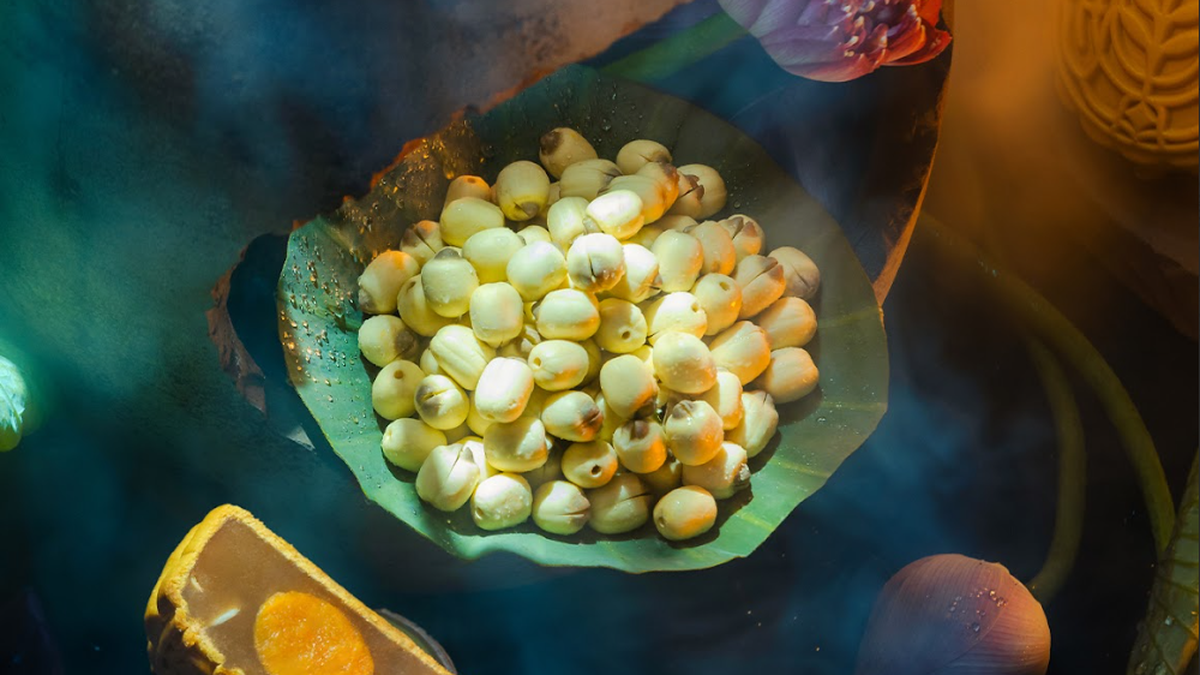

![[Photo] General Secretary To Lam attends the 1st Congress of the Central Party Committee of the Fatherland Front and Central Mass Organizations](https://vphoto.vietnam.vn/thumb/1200x675/vietnam/resource/IMAGE/2025/9/23/2aa63d072cab4105a113d4fc0c68a839)
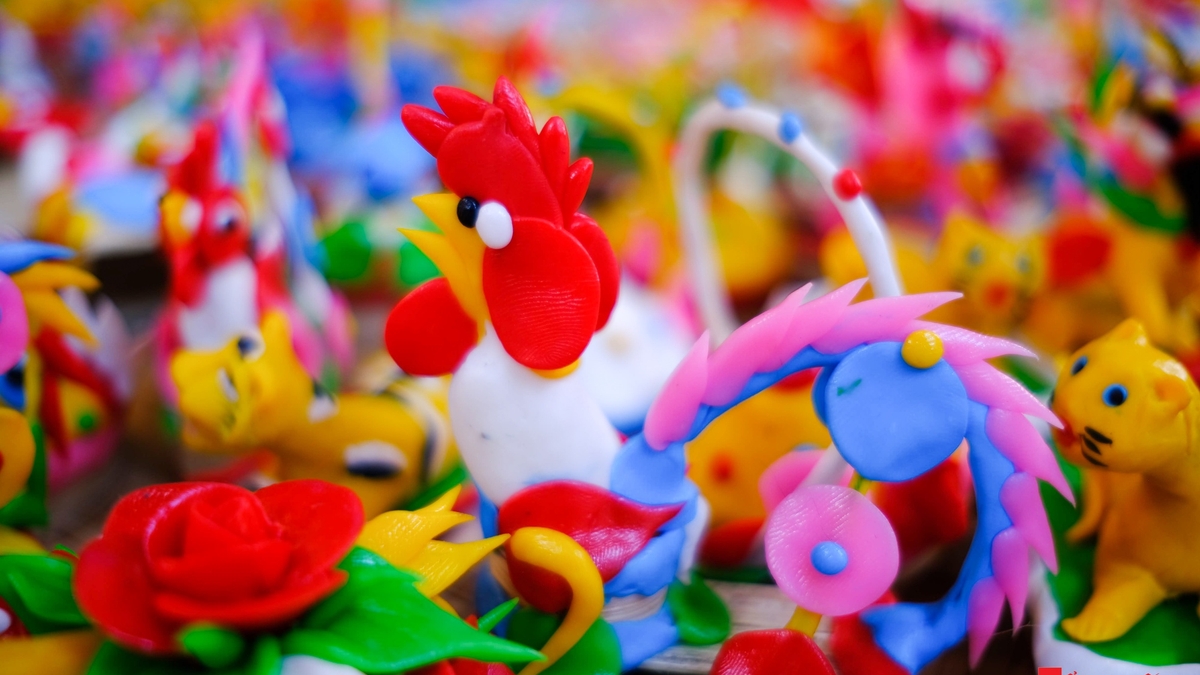
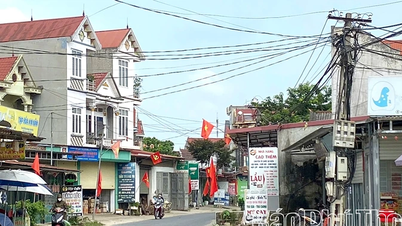





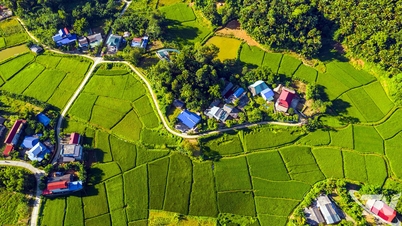

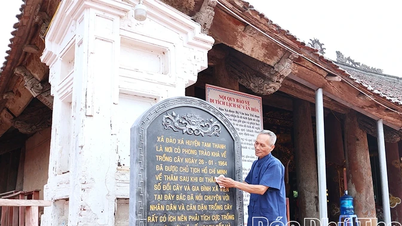




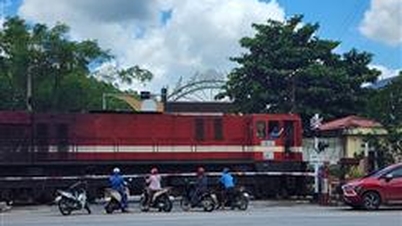






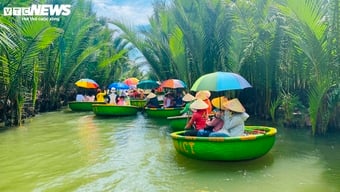



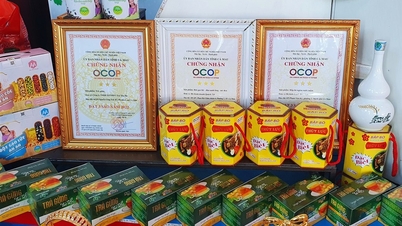
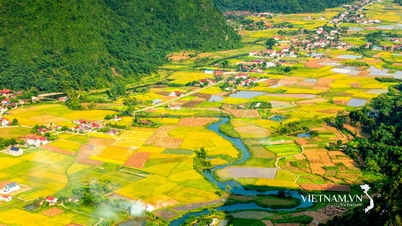


![[Photo] Prime Minister Pham Minh Chinh chairs the first meeting of the Central Steering Committee on housing policy and real estate market](https://vphoto.vietnam.vn/thumb/1200x675/vietnam/resource/IMAGE/2025/9/22/c0f42b88c6284975b4bcfcf5b17656e7)
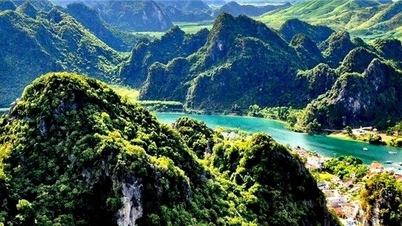



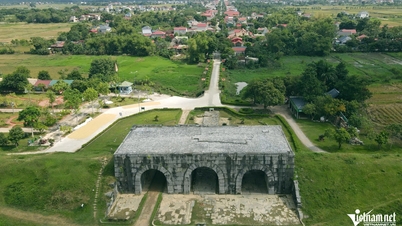





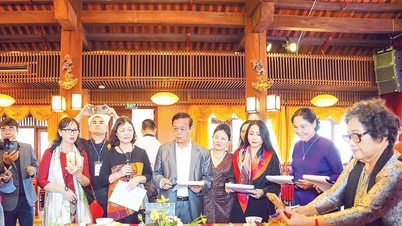


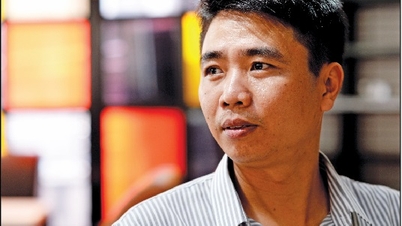
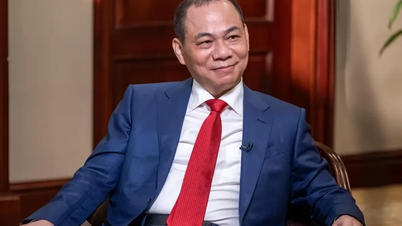



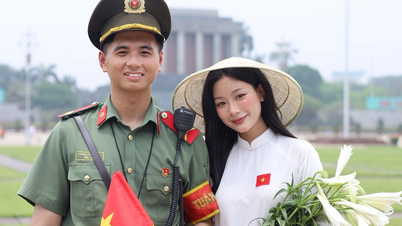
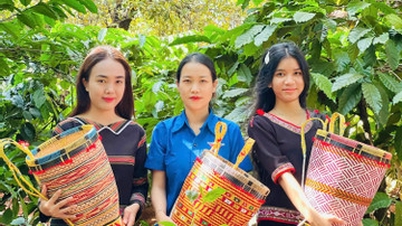









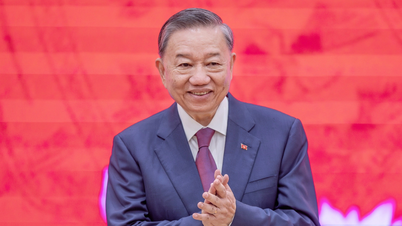

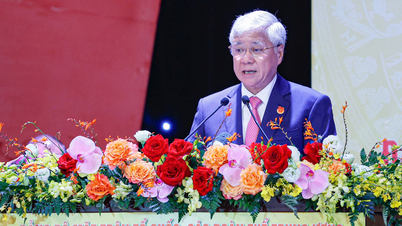






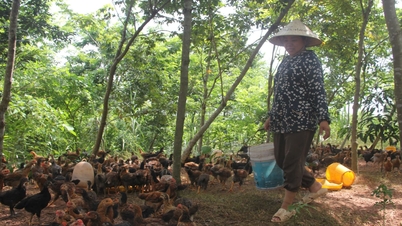

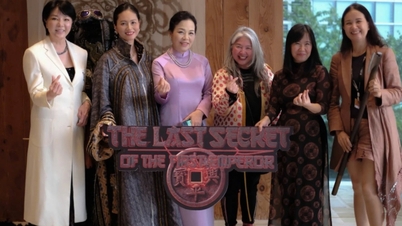







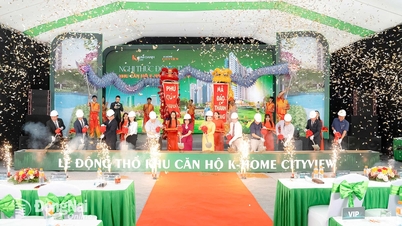
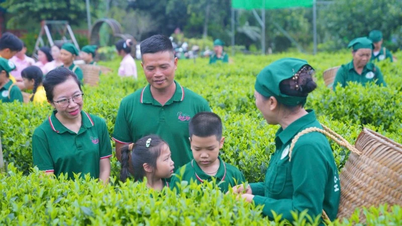
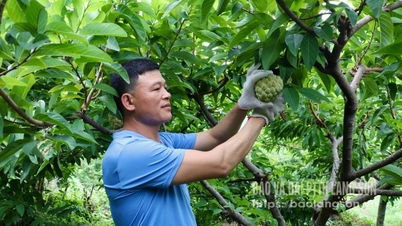

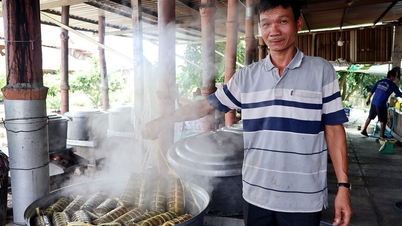




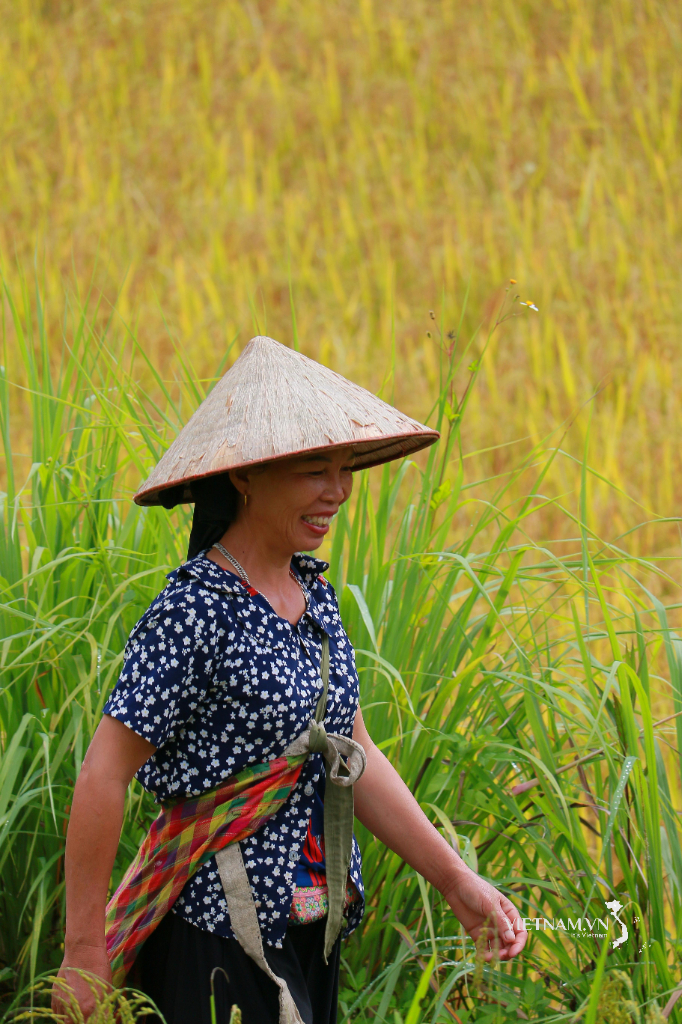



Comment (0)